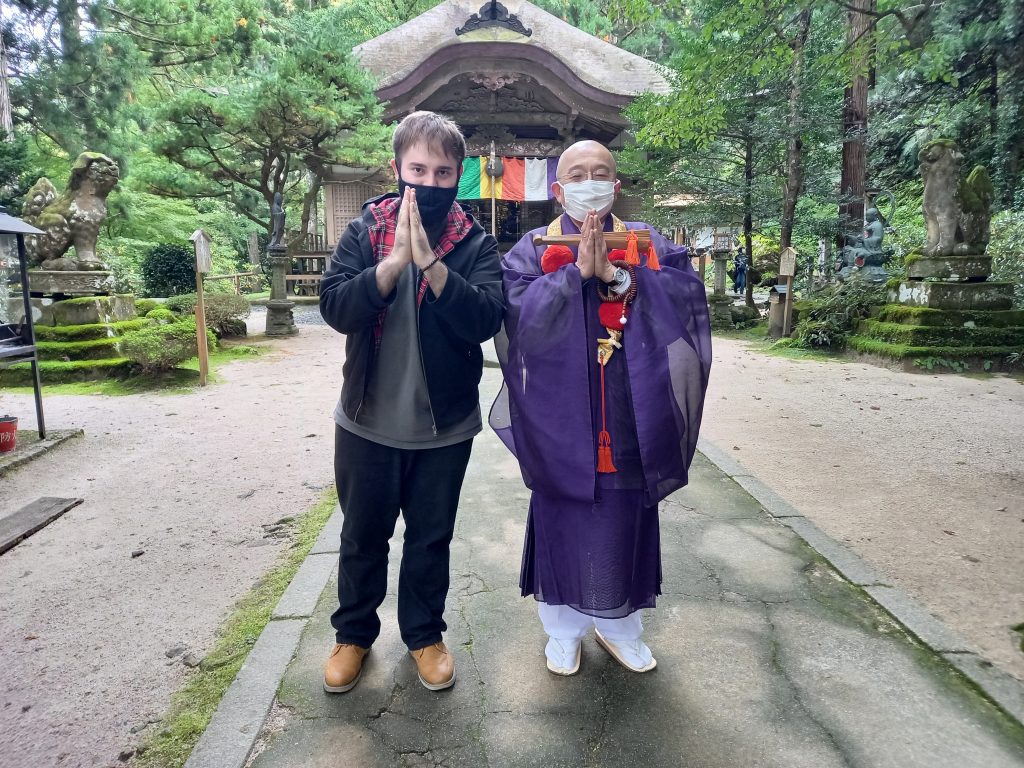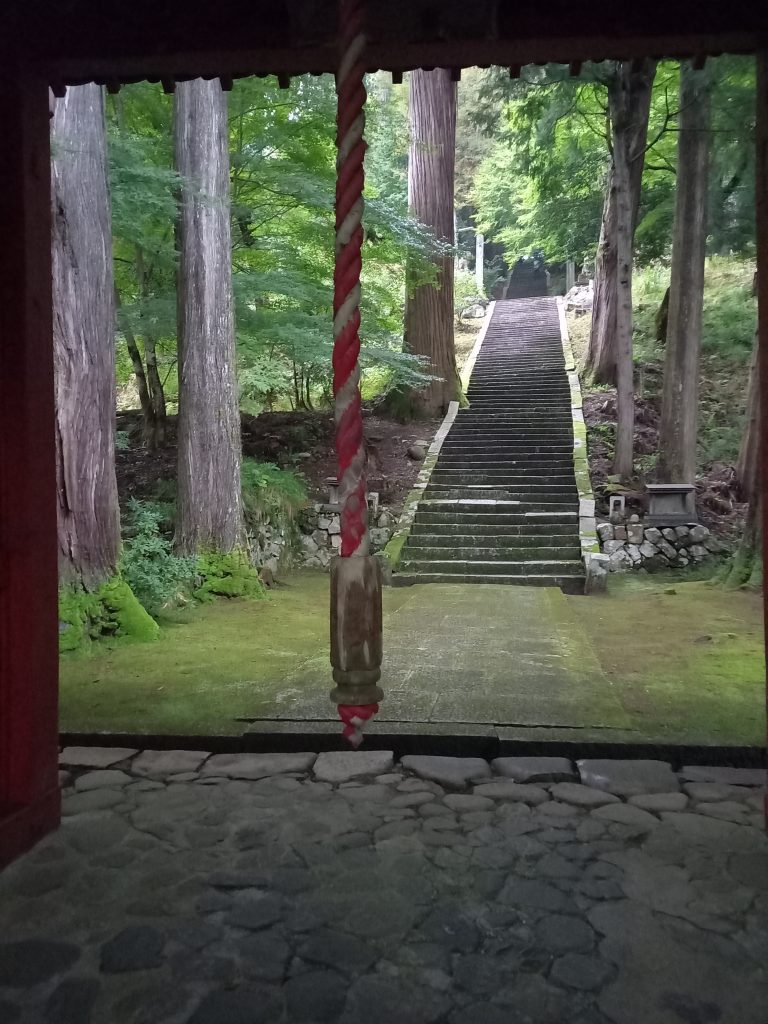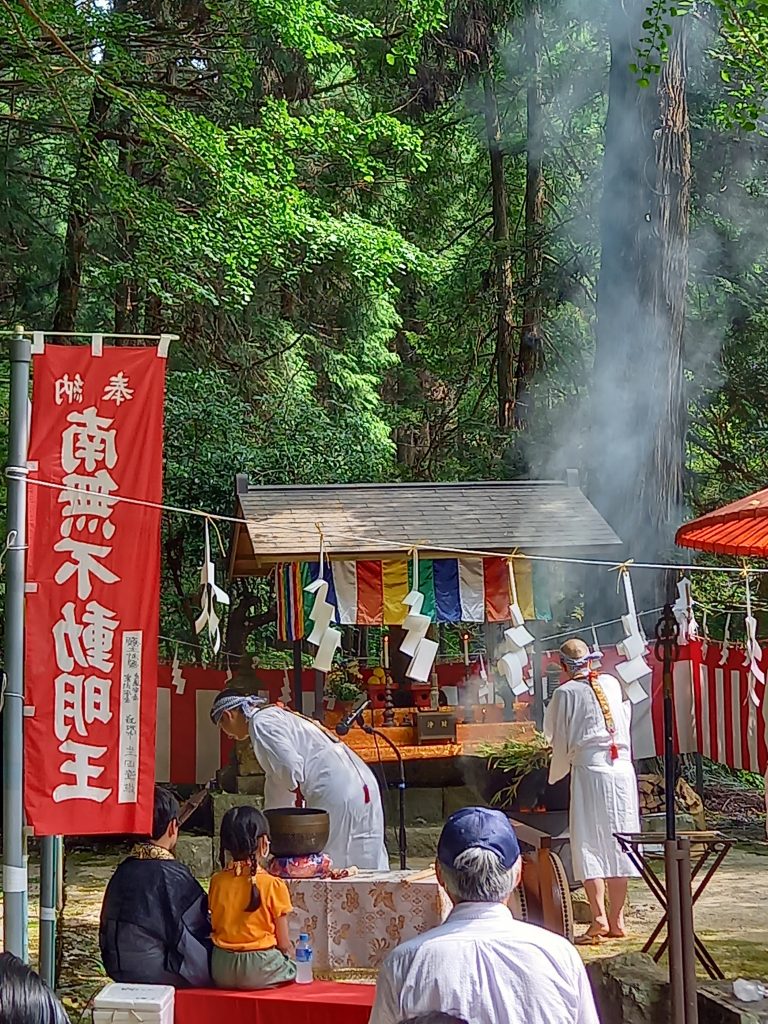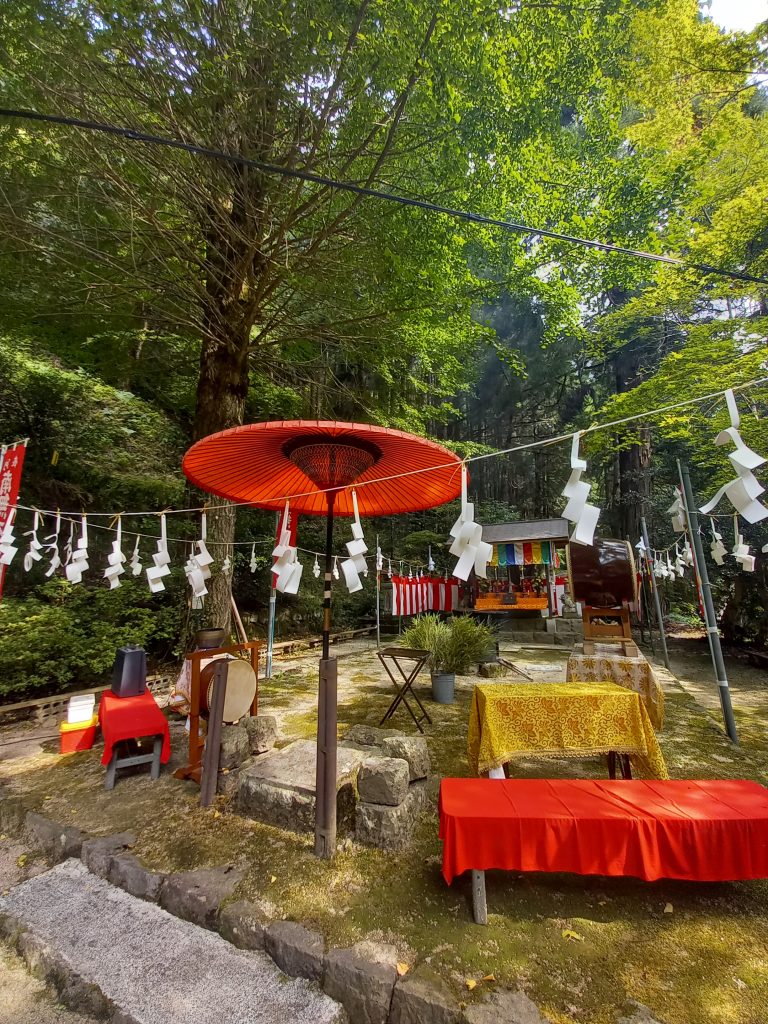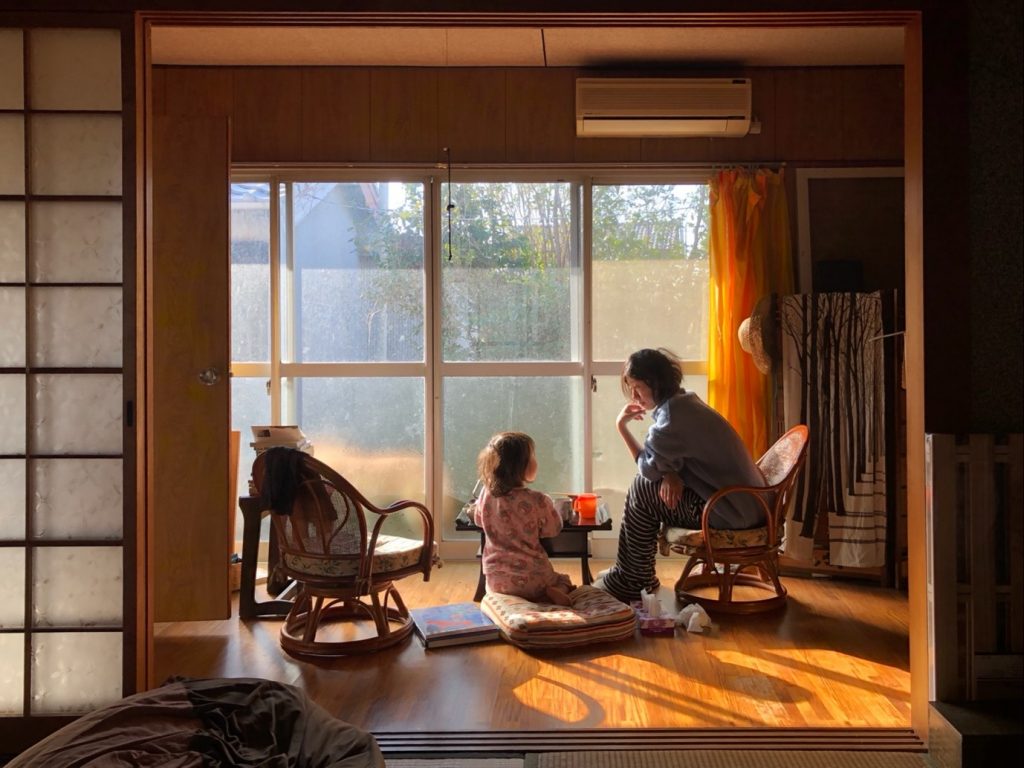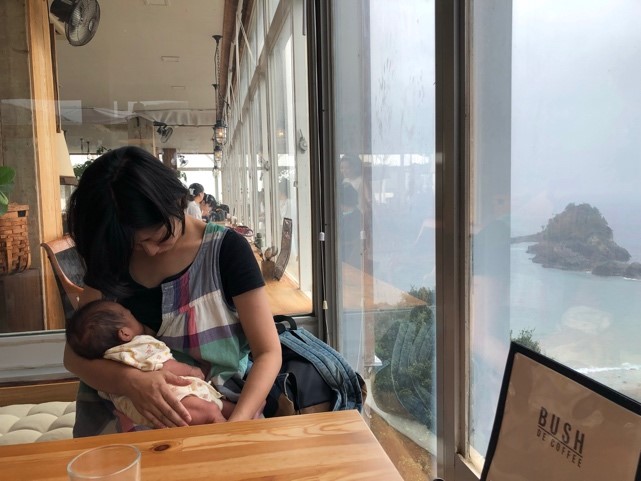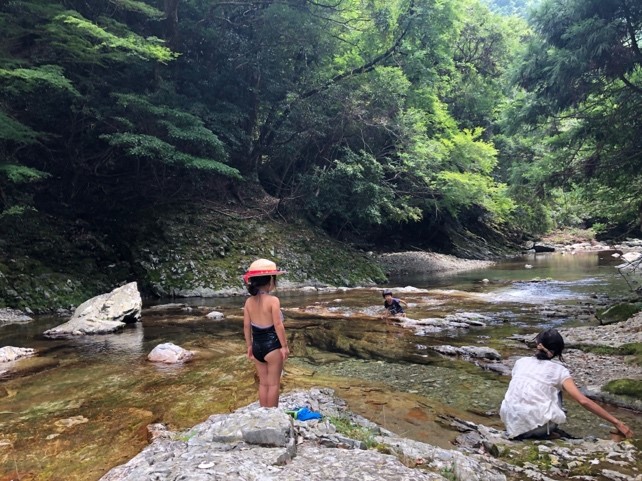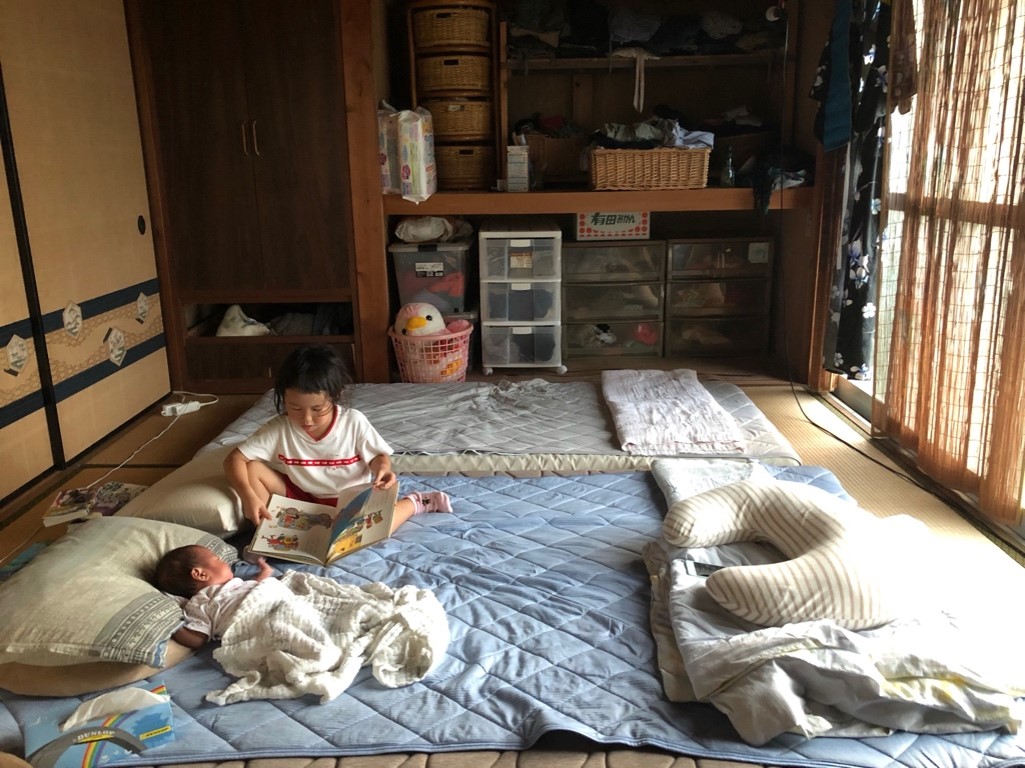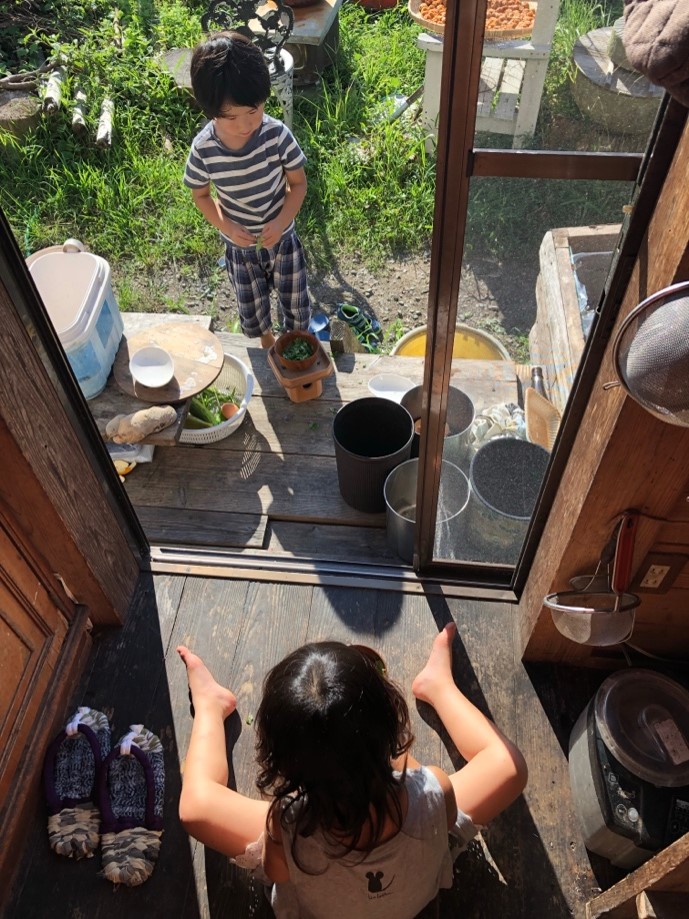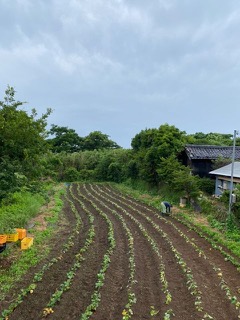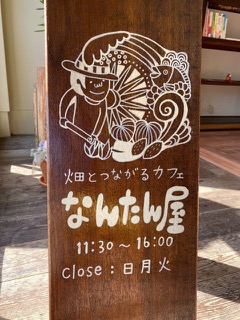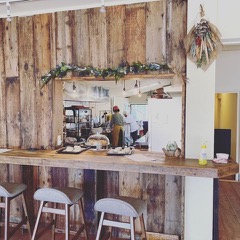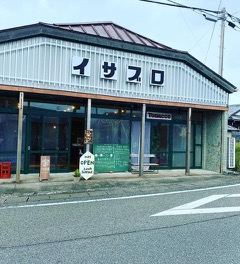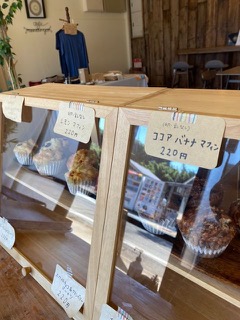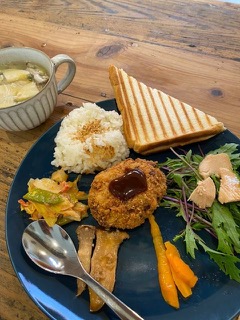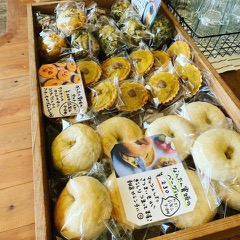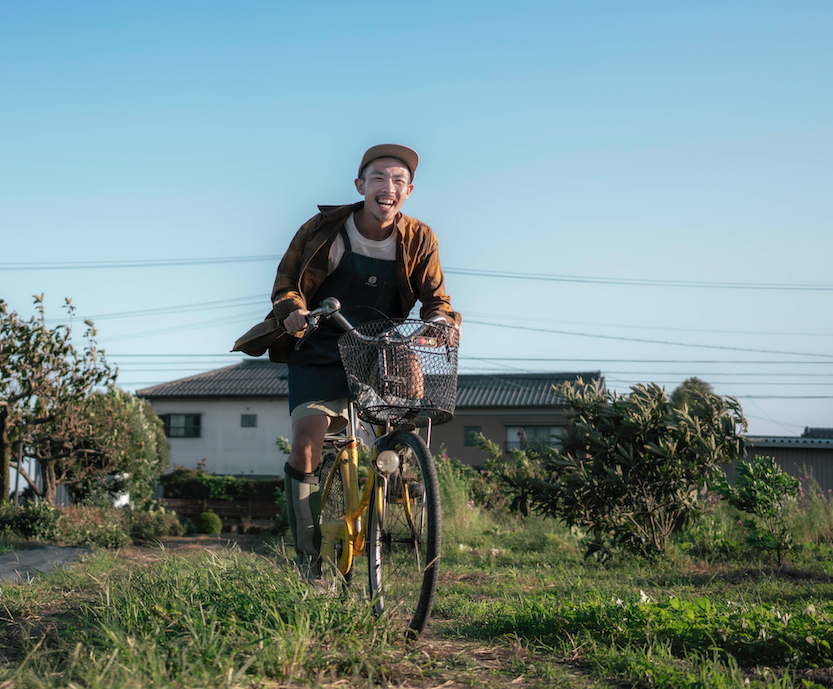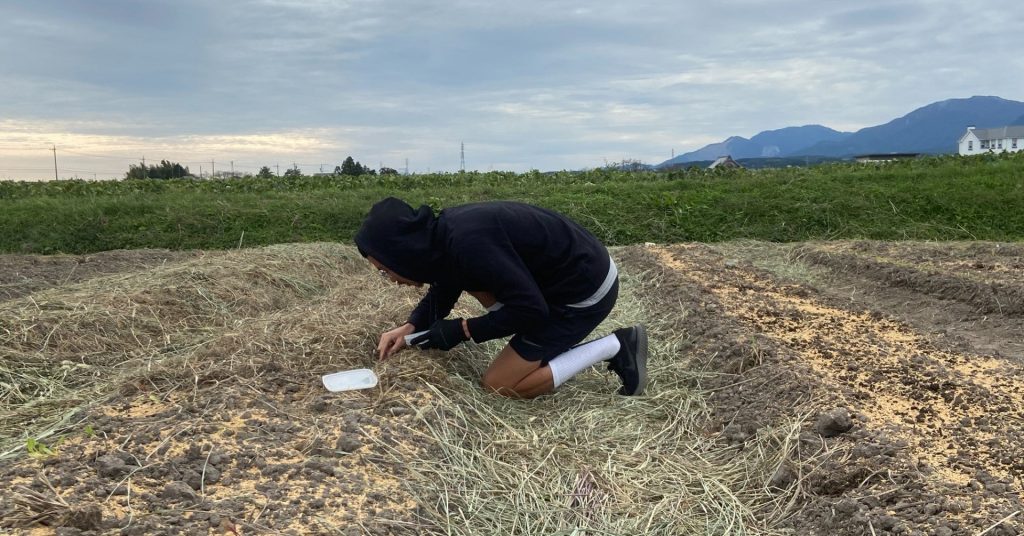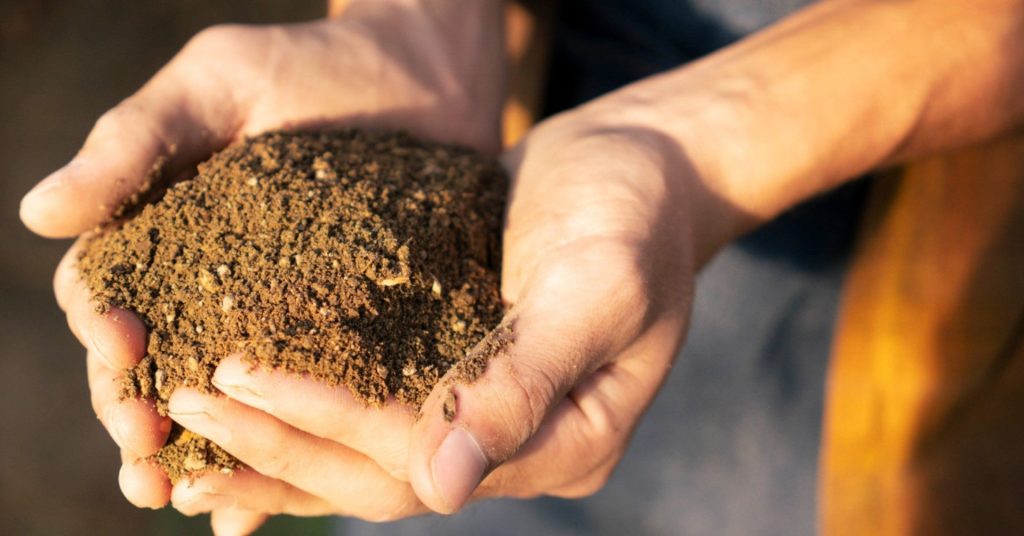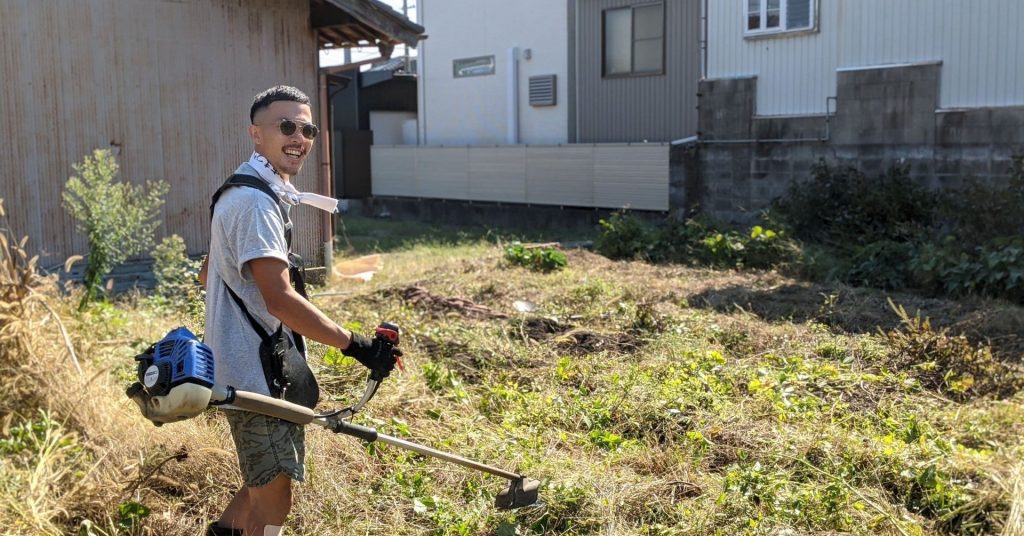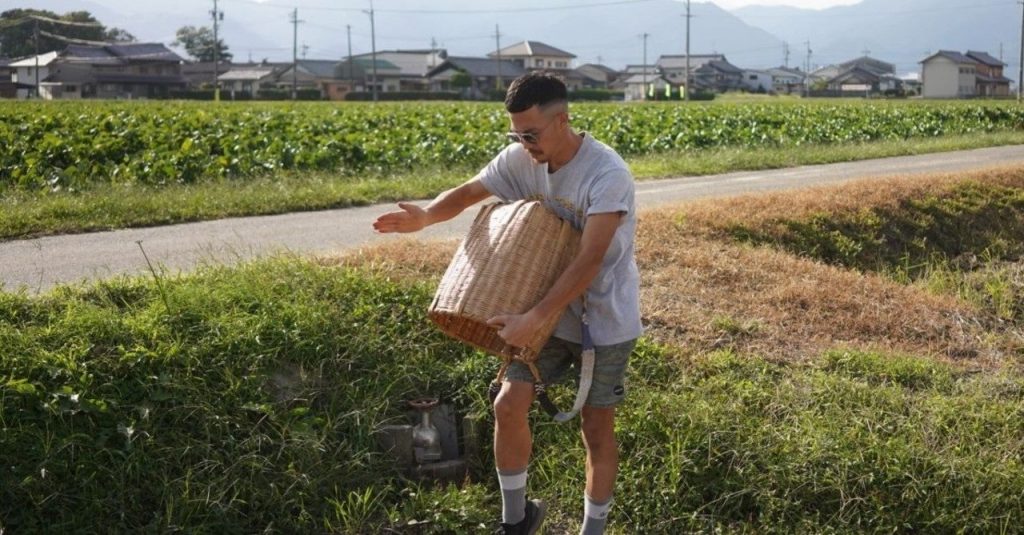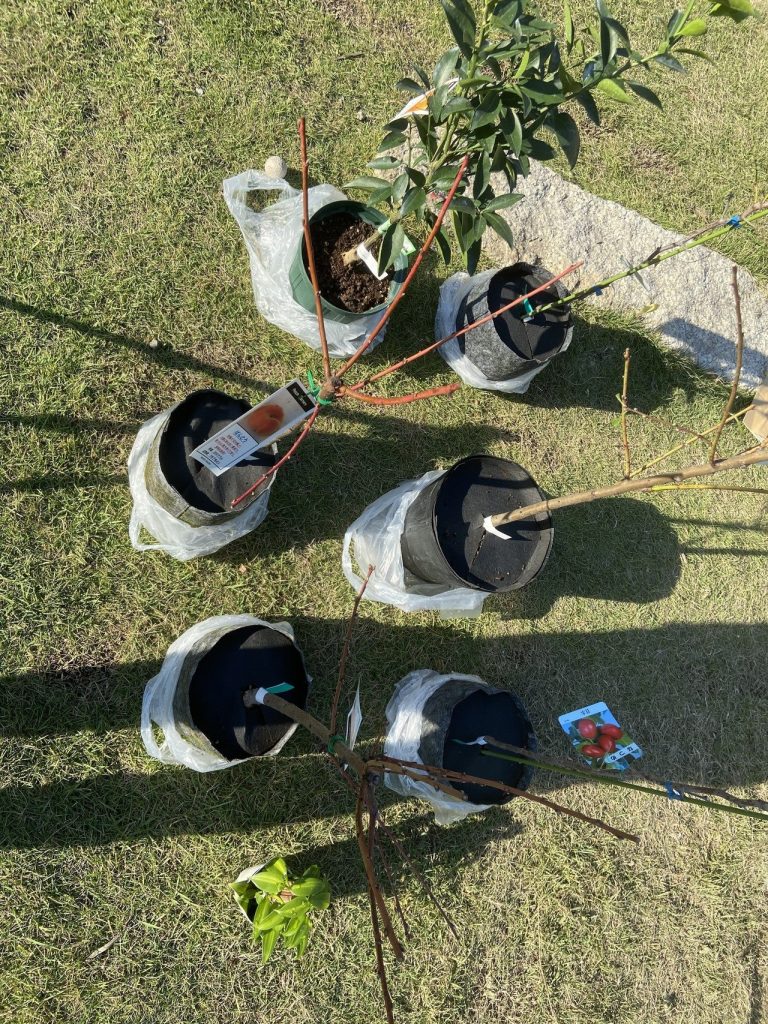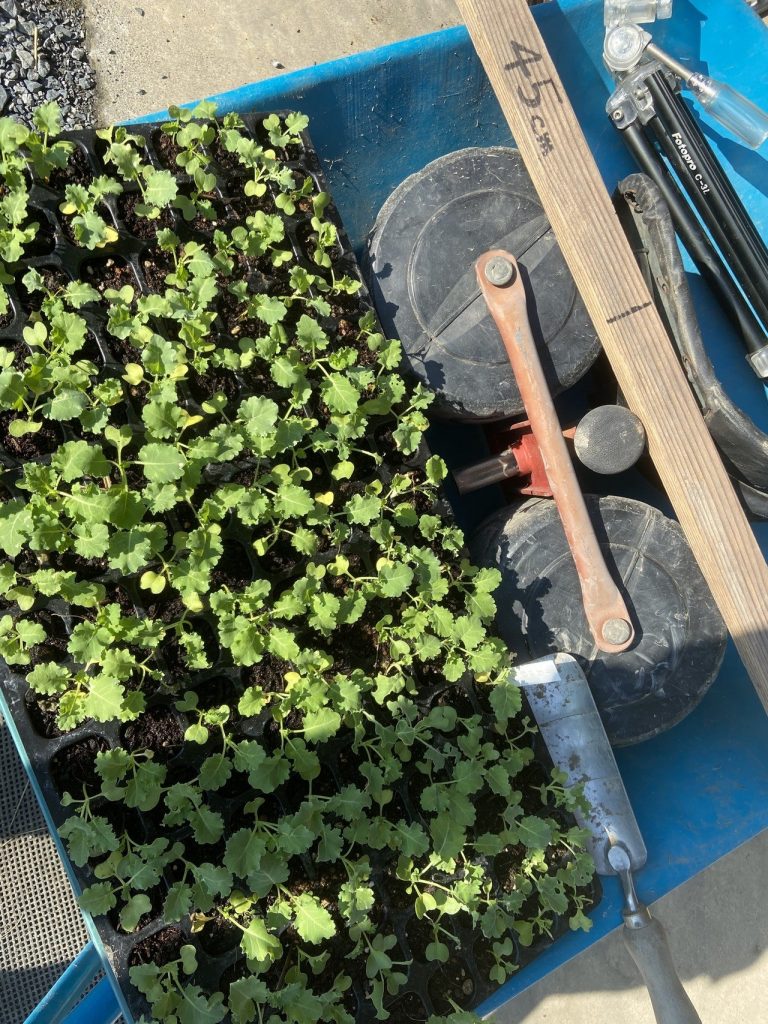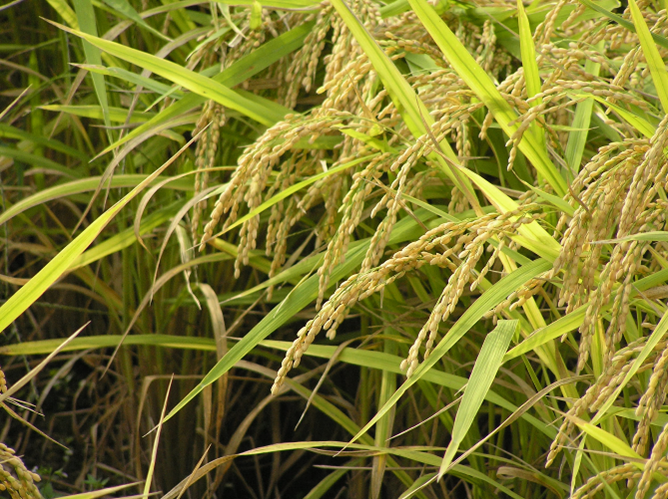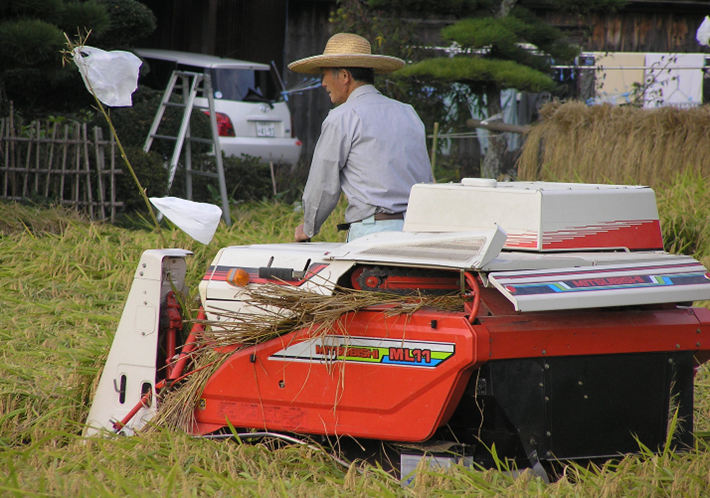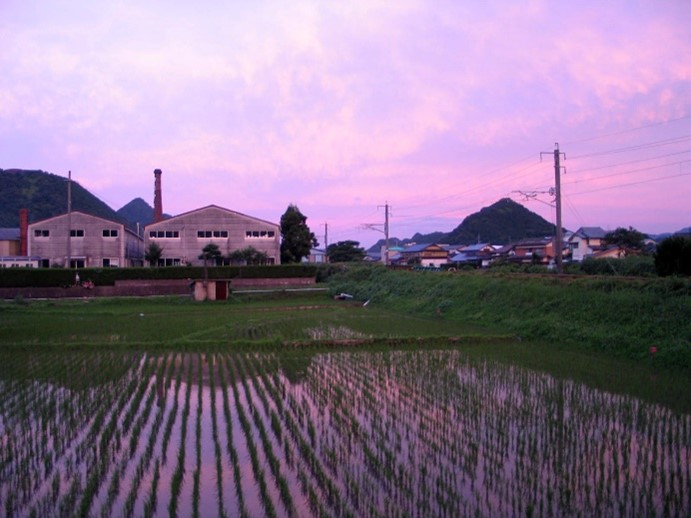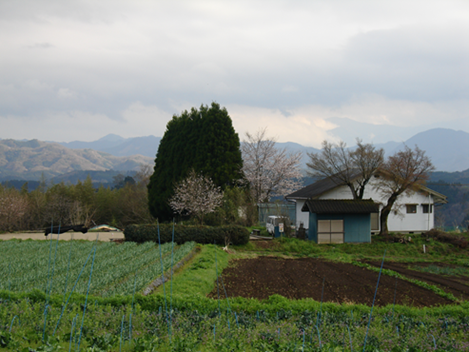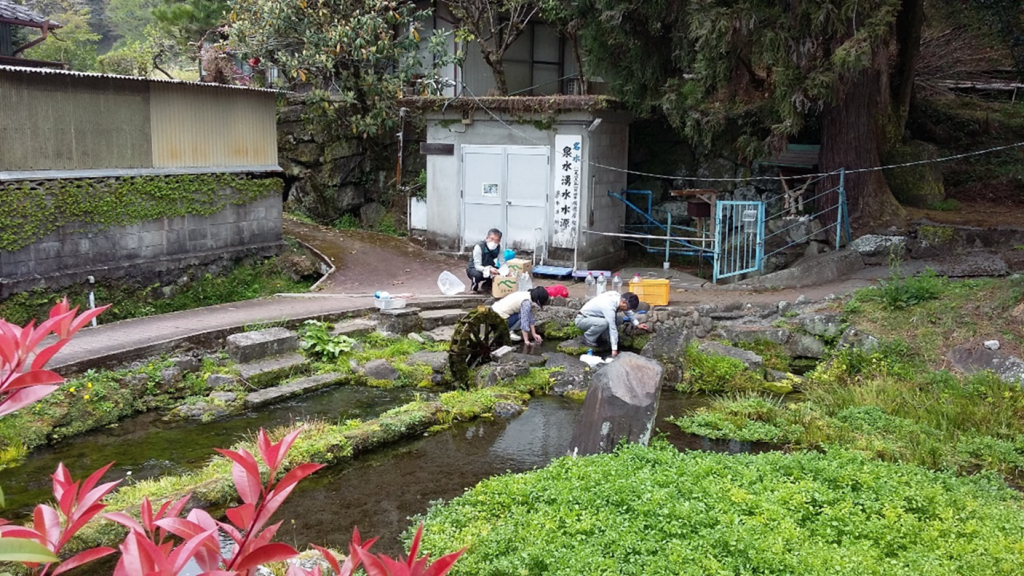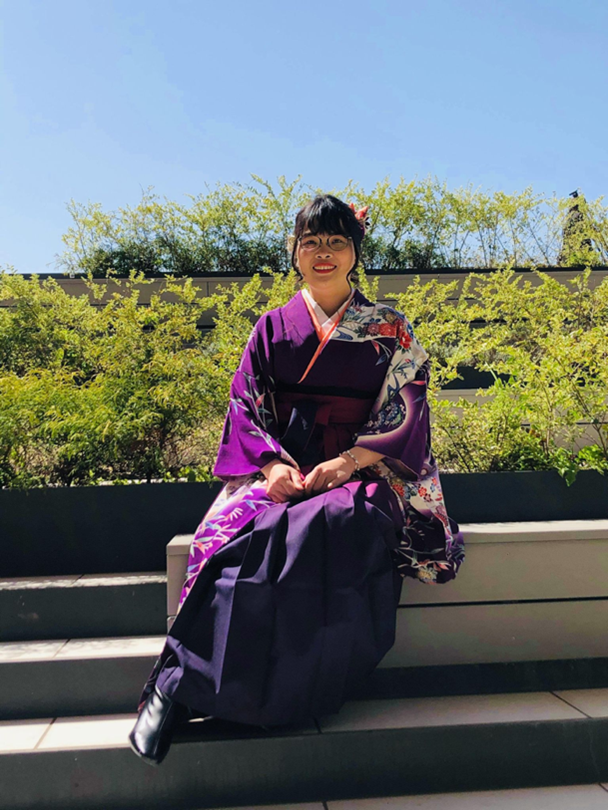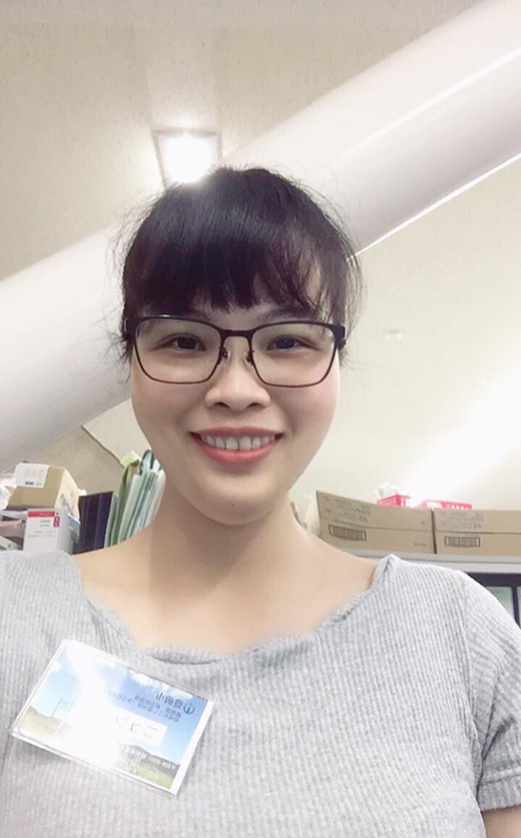By Josko Kozic
Copyright Josko Kozic 2021
During my research on rural Shugendō, a Japanese religion focusing on asceticism and mountain worship, I regularly come across temples contributing to their local communities in different ways. This is not a new phenomenon, however, it might be an increasingly important factor, due to several demographic changes which also affect the sphere of religious life. It so happens that Japan currently does not only face a decline in the birthrate or rural outmigration, it also faces a decline of temple successors (kōkeishamondai).
At Manidera temple in Tottori for instance, I got to know the successor priest, who himself is an I-turner and moved to the area from Tokyo only a few years ago. He became a monk at the age of 40, which seems relatively late for dedicating oneself to a temple for the rest of one’s life. It shows how much rural temples rely on successors from far away. At Sanbutsu-ji, a more famous temple in the region located on Mt Mitoku, an I-turner from England is working as a guide, bringing international tourists to the site. He offers one-day ascetic workshops (shugyō taiken) that include hiking to sacred sites, sometimes called “power spots” or meditating under waterfalls (takigyō). Sanbutsu-ji recently updated its website and Instagram page to attract more national and international visitors, also hoping of promote the temple’s registration as a world heritage site. Both power spots as well as waterfall meditations seem to be part of a mainstream interest in sacralized, “Japanese” nature. Forest bathing is also part of this trend. For temples located in areas with forests and waterfalls, including such workshops or “experiences” in tourist campaigns is an important way to contribute to the attractiveness of their local communities.
Copyright Josko Kozic 2021
In the past, most temple economies relied heavily on their parishioners (danka). This is also true for temples in charge of practitioners of Shugendō. Originally, they maintained cofraternities of lay practitioners and parishioners (kō) from whom they received financial donations and other goods. Recently however, both the danka as well as the kō experience rigorous decline. It so happens that during festivities and rituals performed by Shugendō groups, almost no kō associations are left to host the practitioners. Nowadays, members of the Community Building Support Staff (chiiki okoshi kyōryoku-tai) occasionally take over this task.
Copyright Josko Kozic 2021
Another temple I built a connection with is located in the mountains near the small town of Aoya. Apparently, the priest in charge was asked to become a monk by a family member before he entered monkhood. As he mentioned during one of our conversations, there would have been no other person to take over the temple otherwise. He now runs his own YouTube and Twitter account, sharing impressions of his everyday country life and his thoughts on worldly matters. Last month, he kindly invited me to join for a waterfall-meditation. His wife is originally from Saitama prefecture and is a self-employed manga artist. She moved to Tottori as an I-turner after publishing her first manga, ‘Yamabushi Girl‘. In an interview, she told me about pros and cons of living in the rural area, emphasizing though that she is happy with her choice after all.
I always feel grateful being able to get in touch with locals, priests and practitioners who live at the outskirts of Japan. Currently, I am residing in the Tamba region of Hyōgo prefecture where I am conducting further research on this topic.
Josko Kozic (MA) moved to Japan five years ago after graduating in Japanese & Southeast Asian Studies at Goethe University in his hometown Frankfurt. He currently resides in Yokohama while working on his PhD thesis about contemporary Shugendo (a Japanese religious tradition). He is affiliated with the faculty of Religious studies at Heidelberg University.

